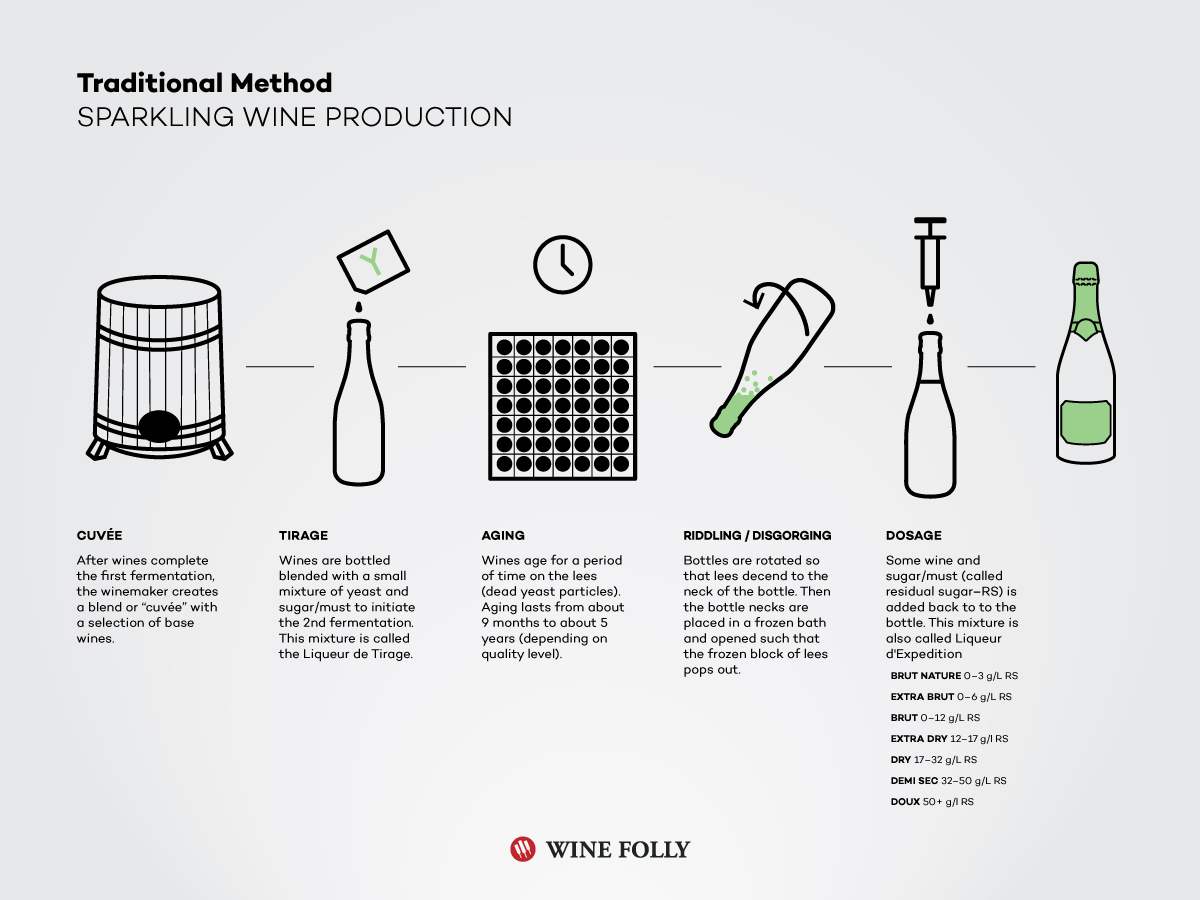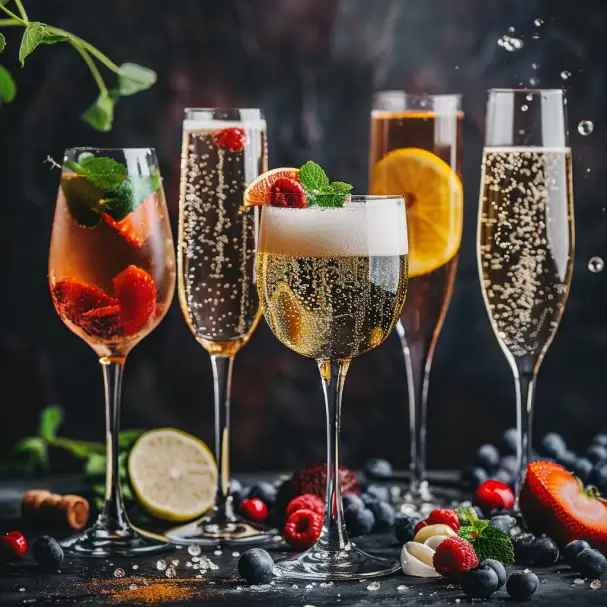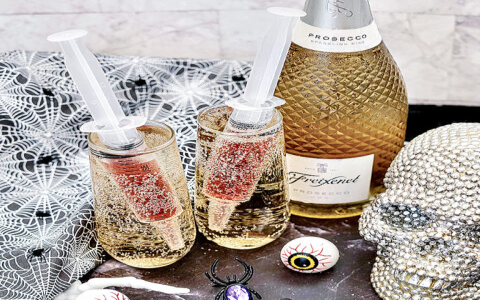Ah, champagne! Folks in fancy places talk about it like it’s some magic drink, but really, it’s just made from grapes and a few other things. You see, champagne mostly comes from three kinds of grapes. There’s Pinot Noir, Pinot Meunier—both black grapes—and then Chardonnay, a white grape. These three are the main stars of the show when it comes to making champagne.

Now, each grape does its own thing. Pinot Noir brings a kind of rich, deep flavor that gives champagne a nice body. Then, the Pinot Meunier grape adds a bit of fruitiness, which keeps things lively. And finally, Chardonnay smooths it all out, making champagne taste fresh and crisp. If you’re tasting hints of green apple or pear, that’s usually thanks to Chardonnay. But really, all three grapes blend together to make champagne what it is. They mix and match these three in different amounts depending on the taste they’re after, and that’s how they get the champagne to taste just right.
Sometimes, if they want to be extra fancy, they use only Chardonnay grapes to make a type of champagne called blanc des blancs. This one’s known for being super crisp and light. There’s also another kind called blanc de noirs, which uses just black grapes—usually Pinot Noir and Meunier. Each type has its own character, but all of them still have that bubbly, crisp feeling that folks love.
What really makes champagne special, though, isn’t just the grapes. The land where these grapes grow, over in a region of France also called Champagne, has this chalky soil. They say the soil helps give the wine a bit of a flinty taste, like a crispness you don’t get in wines from other places. So, it’s not only the grapes; the ground itself adds to the flavor.
After they pick the grapes, they need a little help from some tiny living things called yeast. This yeast is what gets the wine bubbly. They start with regular wine made from the grapes, but then they add yeast and a little sugar, and let it sit in the bottle. The yeast eats up the sugar and makes bubbles, and that’s how you get sparkling champagne! Without this step, it’d just be flat wine, which wouldn’t be nearly as fun at fancy parties.
Different kinds of champagne taste different, too, depending on how long it sits and what grapes were used. You might taste hints of citrus, apple, or even toast. Yes, toast! The longer they let it sit with the yeast, the more those toasty or bread-like flavors come out. Some folks even say they taste a bit of brioche, which is a fancy French bread. Ain’t that something? Just grapes and yeast, and suddenly it’s like a whole bakery in your mouth.

And oh, don’t forget—champagne’s been the drink of kings and queens for hundreds of years. They say folks in the 17th and 18th centuries, the royalty and all, made it the ‘drink of celebration.’ Guess that’s why folks still bring it out to toast at weddings or on New Year’s. Pop that cork, and you feel like you’re part of something special.
Now, if you’re looking to make a champagne cocktail, some folks add a little cognac to it. That’s right, a splash of that strong French brandy, and you’ve got yourself a classic cocktail. It’s a fancy twist, but hey, it’s not everyone’s taste. But if you’re ever feeling a bit fancy yourself, give it a try and see if it tickles your fancy.
So there you go, next time someone talks about champagne, you’ll know it’s not all mystery. Just some special grapes, a bit of yeast, and some chalky ground make this drink the star of all the toasts. Who would’ve thought it, right? From grape to glass, it’s a journey all its own!
Tags:[champagne, ingredients, Pinot Noir, Chardonnay, Pinot Meunier, blanc des blancs, yeast, champagne cocktail]













